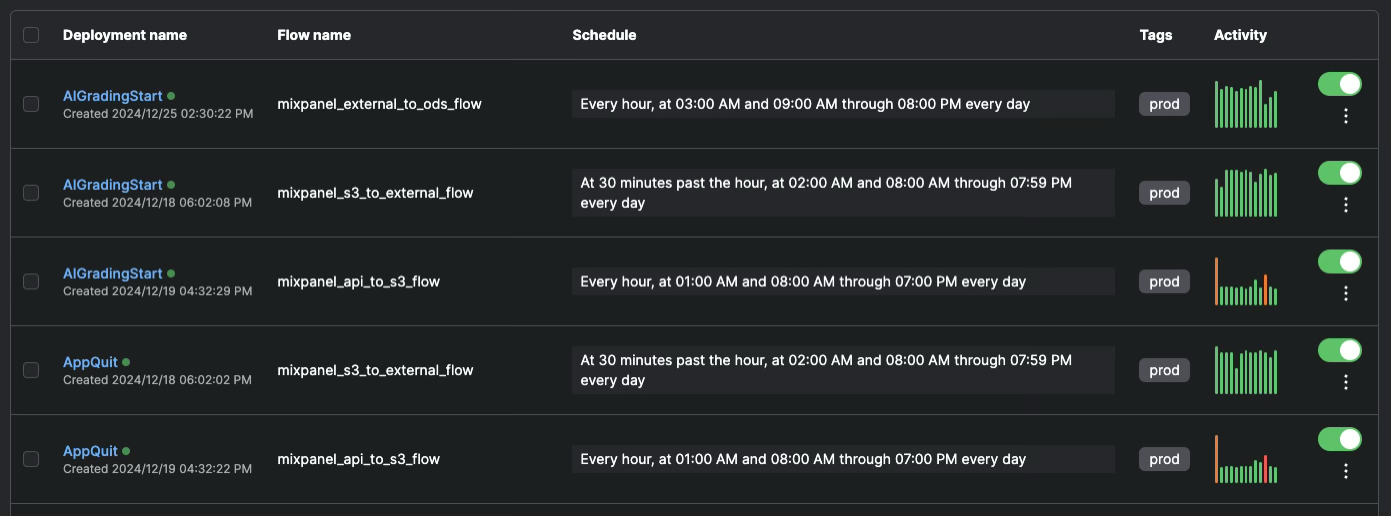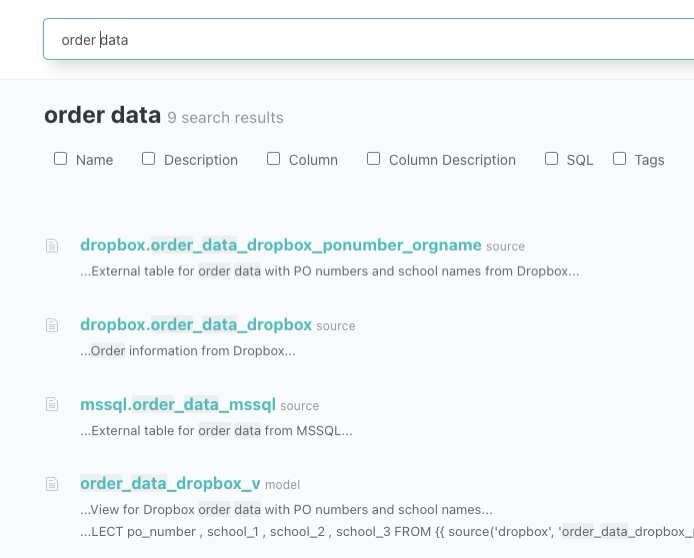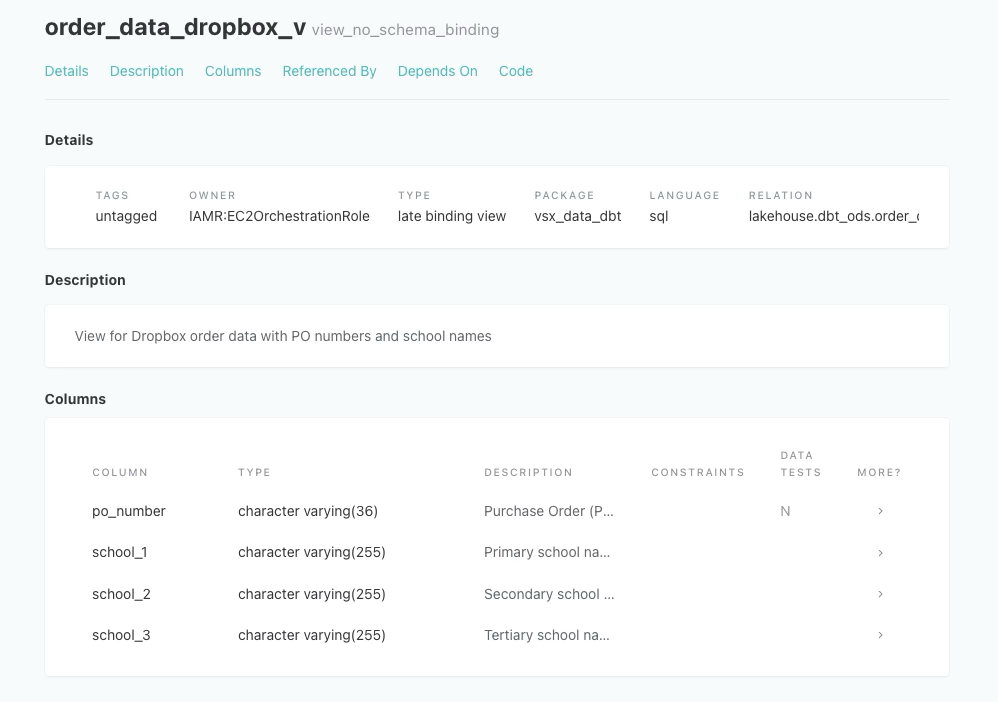How to Build a Reliable Data System?
When your team starts relying on data for daily operations and decision-making, trust becomes the foundation. But what does it mean to “trust the data”? And how do you build a system where data is accurate, timely, and easy to understand?
This article summarizes the ideas I shared in a recent internal tech talk, designed for both engineers and non-engineers alike.
Common Data Pain Points
Many data teams struggle with issues like:
-
Inconsistent metrics across dashboards
“Why does Report A say we have 1203 users, but Report B says 1187?”
-
Delayed data availability
“We have a 9 AM daily meeting, but the dashboard only updates at 10 AM.”
-
Unclear definitions of metrics
“Does 'active user' mean logged in, or just visited any page?”
These issues don’t just affect data engineers—they frustrate stakeholders and erode confidence in data-driven decisions.
What We Did to Fix It
To address these challenges, we introduced a few key strategies:
1. Data Validation and Monitoring
We added automated data quality checks and anomaly detection to our ETL pipeline. These checks run before data is published to dashboards or reports, so we can catch issues early.
- Monitor dependencies on orchestration (Generated by Prefect)

- Check data lineage (Generated by dbt)

2. Automation ETL and CI/CD
We treated our data pipeline code just like application code—complete with:
- Git version control
- Code reviews
- Automated testing before deployment
This helped us reduce manual scripts and improved the stability of our daily data jobs.
- Monitor scheduling on Orchestration (Screenshot of Prefect)

- CI/CD (GitHub Action)

3. Standardized Metric Definitions
We unified naming conventions and centralized our metric logic in one place. This way, PM and analysts can talk about data more clearly and easily.
- Search valid tables (dbt document)

- Table column definition (dbt document)

Empowering Non-Engineers
Improving data quality isn’t just an engineering problem. Here's how non-technical stakeholders can help:
- Understand and apply basic reasonable checks (e.g., does the number look unusually high/low?)
- Provide detailed bug reports, like:
- Report name
- Table name
- Filter conditions
- Time range affected
Final Thoughts
Data pipelines are not just technical infrastructure, but products that require testing, communication, and ownership. The goal isn’t perfection, but progress, one improvement at a time, built on top of clear processes and collaborative culture.
Thanks for reading! If you found this article helpful, feel free to connect with me on LinkedIn.
